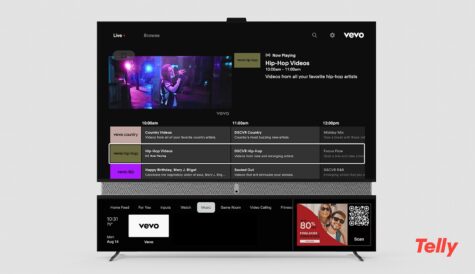Programmatic drives video ad growth, mobile viewing rising sharply
 Growth in the amount of video ad slots available programmatically helped drive a 74% increase in paid ad impressions online in the first quarter, according to research by online video platform provider Ooyala. Ooyala also found widespread use of ad blocking, and recommended investment in ad reinsertion technology to combat this.
Growth in the amount of video ad slots available programmatically helped drive a 74% increase in paid ad impressions online in the first quarter, according to research by online video platform provider Ooyala. Ooyala also found widespread use of ad blocking, and recommended investment in ad reinsertion technology to combat this.
Separately, the Video Index found strong growth in mobile video consumption.
According to Ooyala’s Q1 2016 Global Video Index, the amount of premium video inventory available programmatically in the first three months of the year increased by 22%, driving the growth in paid for advertising.
According to the Index, over 200 million consumers are applying ad blockers to online content, at a potential cost in lost advertising revenue of US$27 billion by 2020.
According to Ooyala, the most effective way to combat this is not to block content to people who employ ad blockers, but to invest in anti-ad blocking or ad re-insertion technology. Use of this technology, said the company, saw ad impressions increase by 23% in the case of online publishers, and 15% in the case of broadcasters.
Ooyala also recorded strong growth in video consumption on mobiles and tablets during the quarter. Almost half – 48% – of all video starts in the first three months of the year, were on mobile devices, up 14% year-on-year and up 129% since the first quarter of 2014.
Tablet viewing starts increased by 18% in the quarter, the third consecutive quarter of growth despite a well-documented slowdown in tablet sales.
Ooyala also measured responses to Quality of Experience on streaming video in partnership with Nice People at Work. It found that there is considerably more tolerance of buffering for live events than for video-on-demand. While over 40% of viewers gave up on VoD streams where buffering exceeded five to six seconds, they were more often willing to sit through half a minute of buffering on live-streamed events before they started to drop off.



